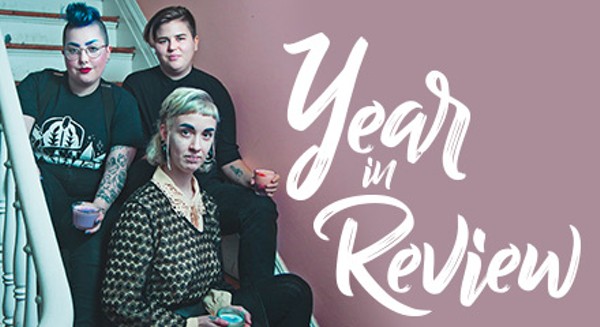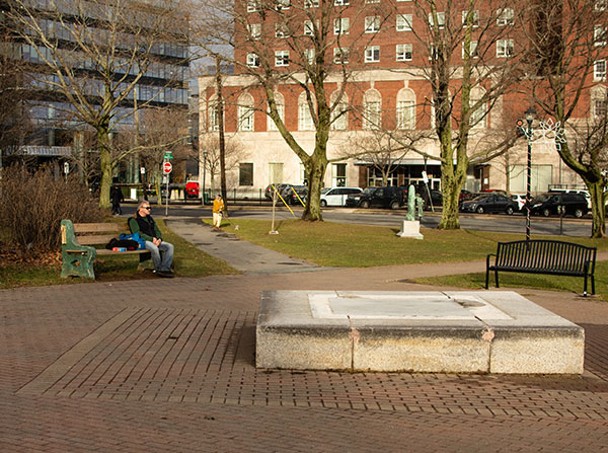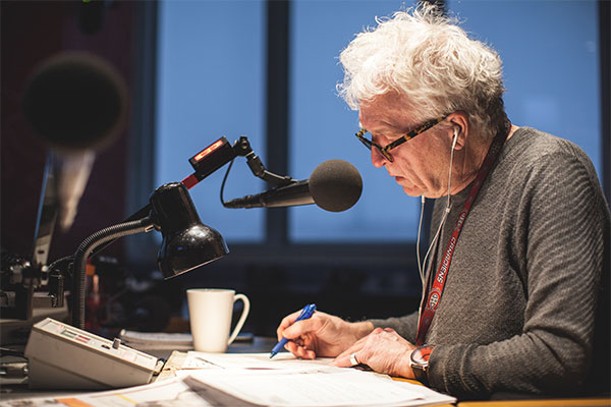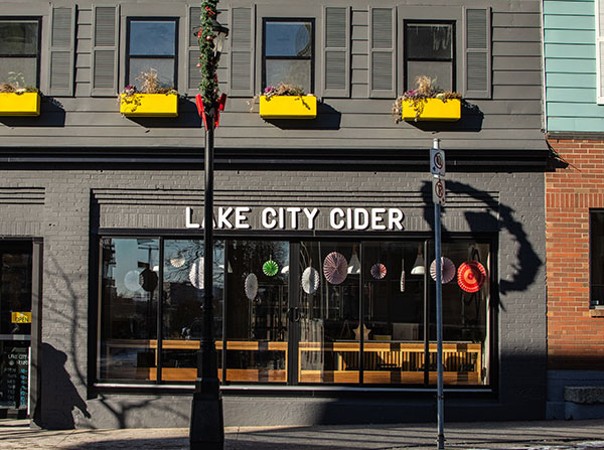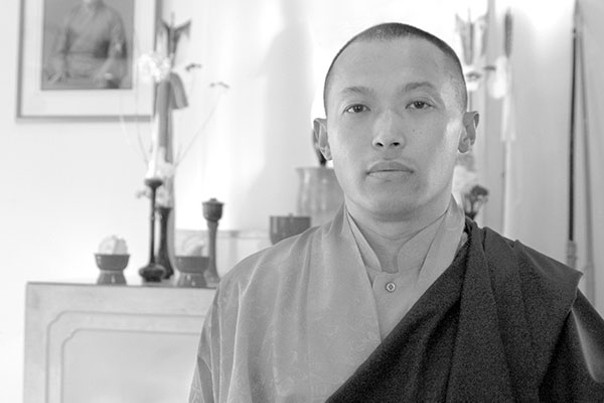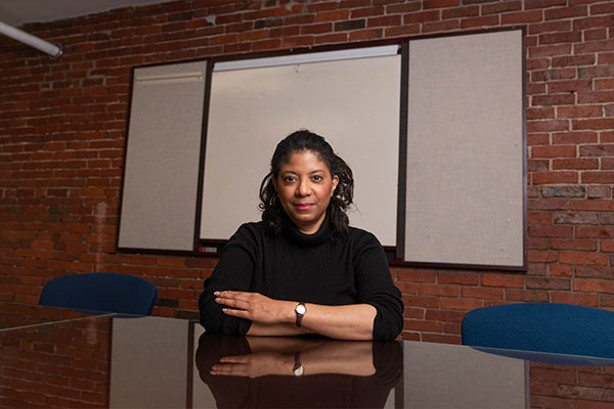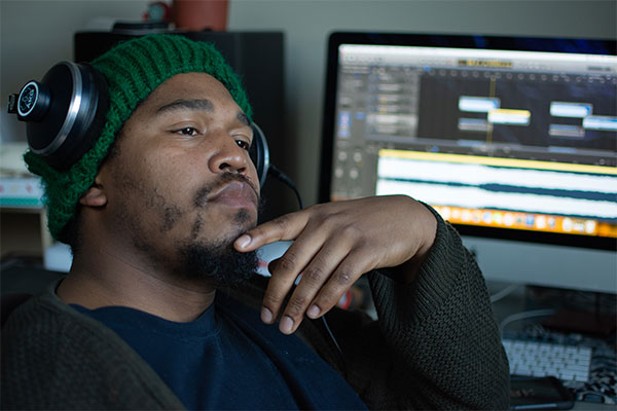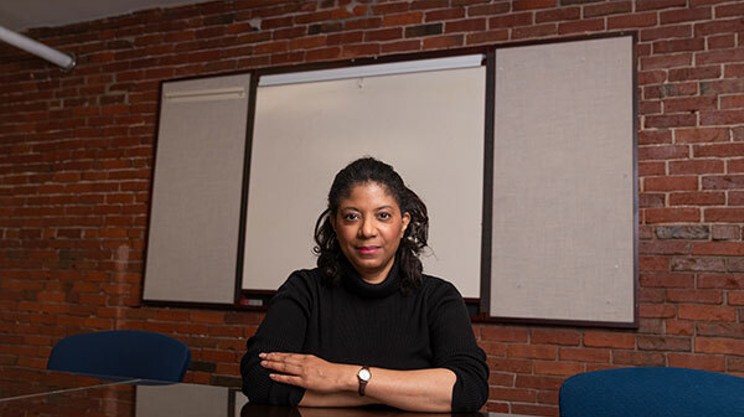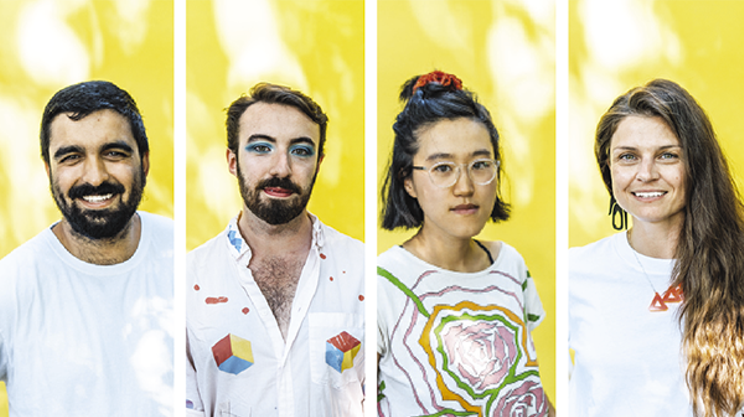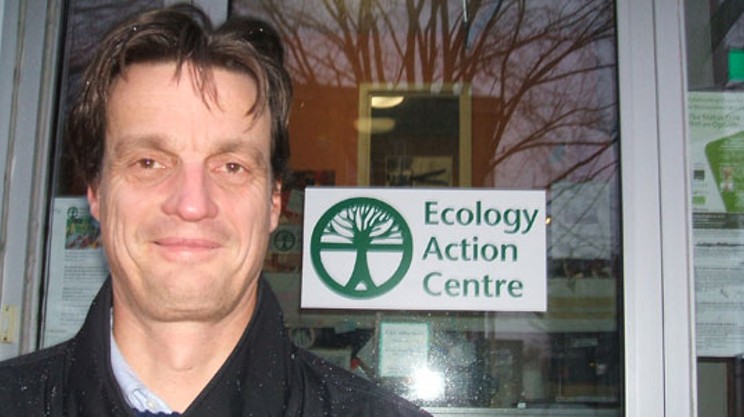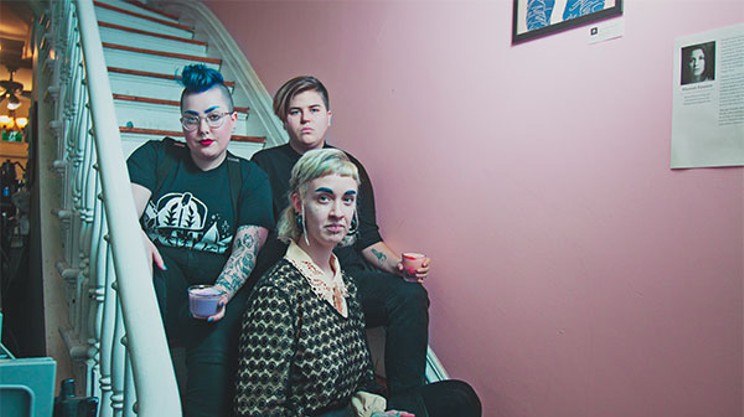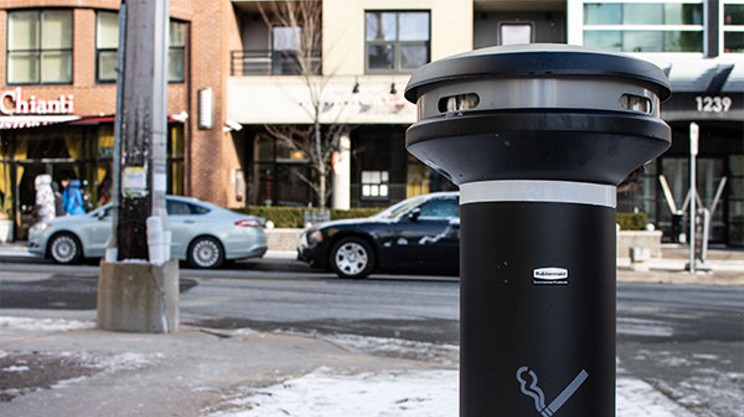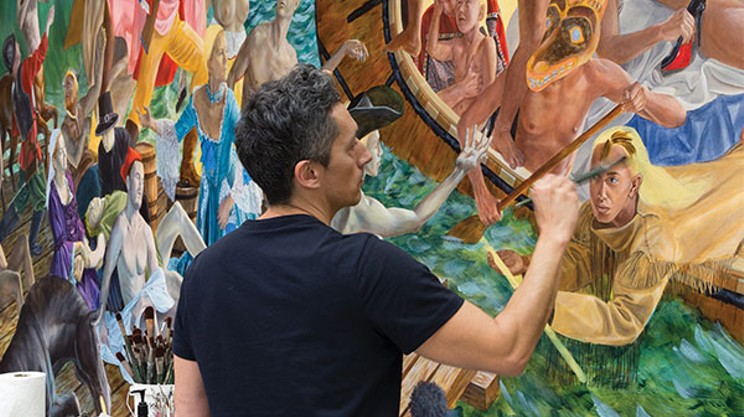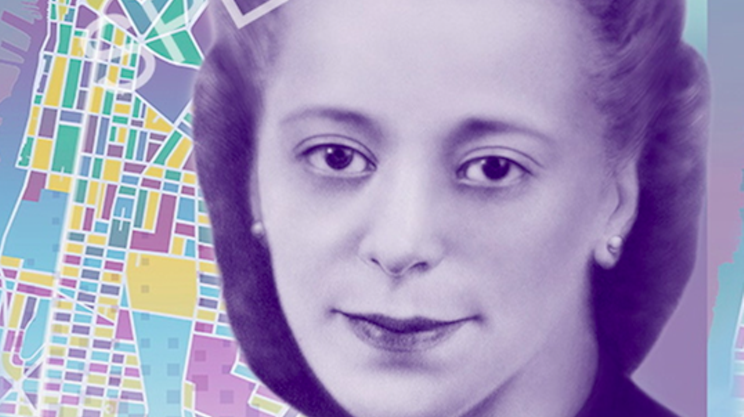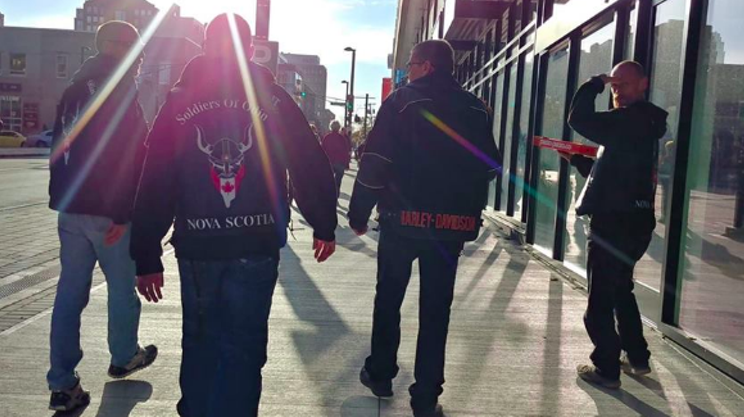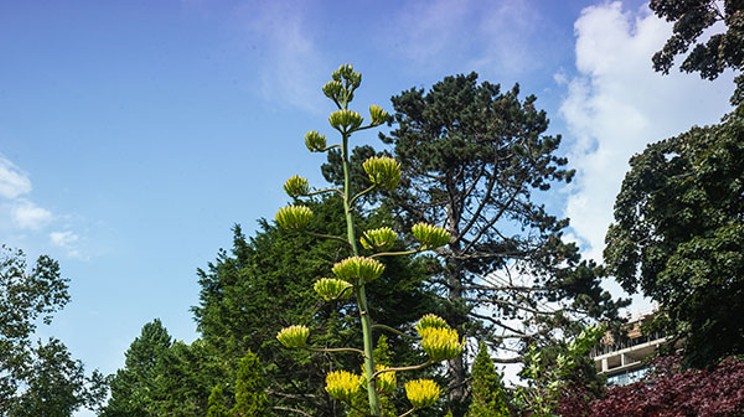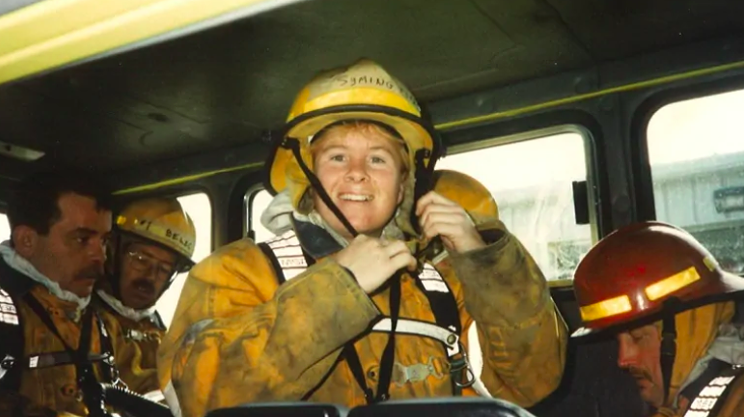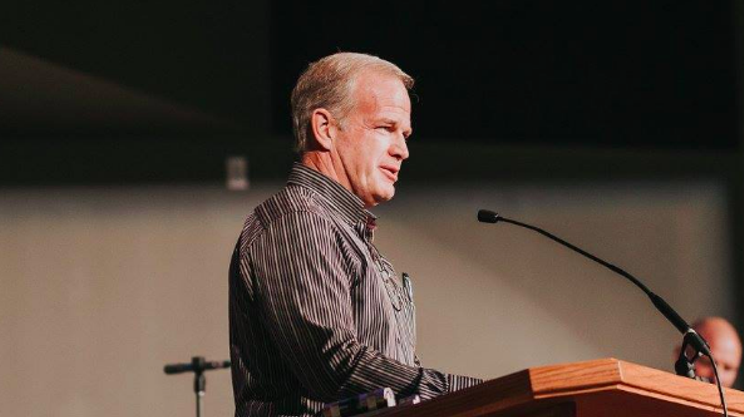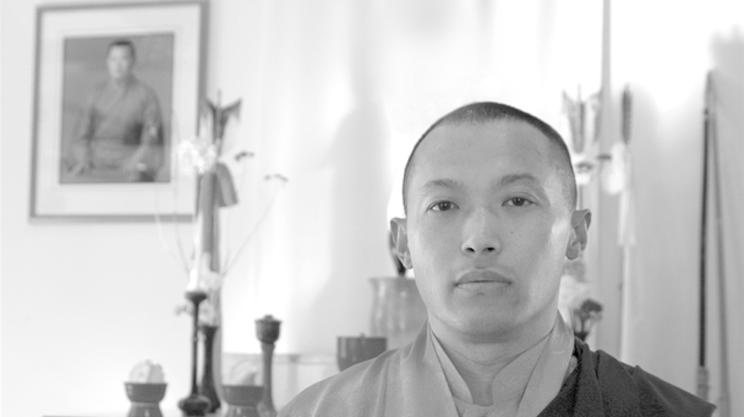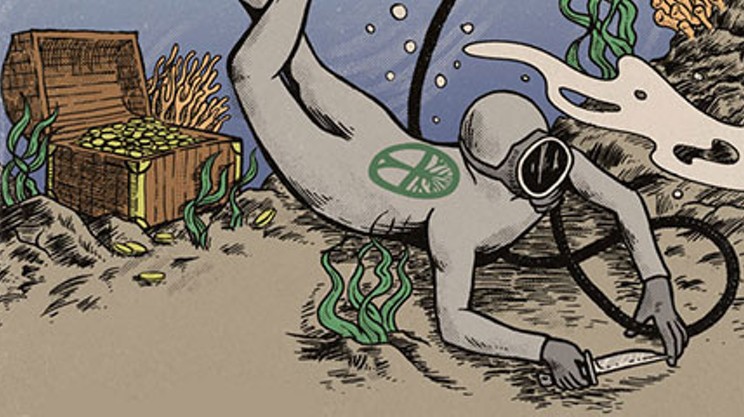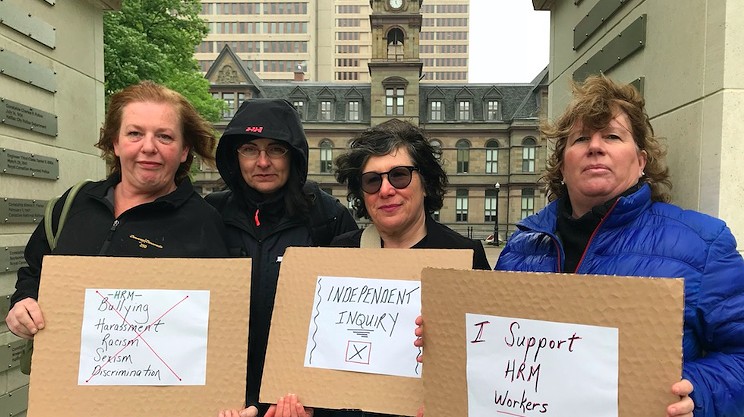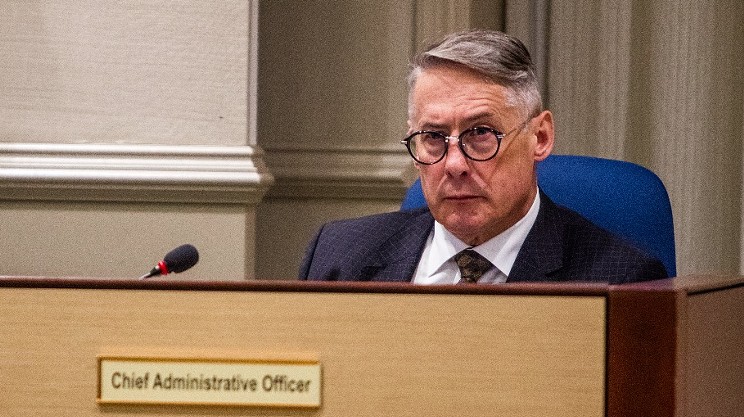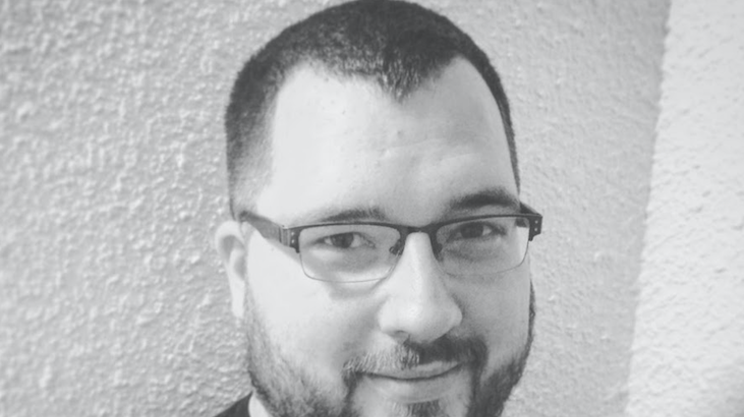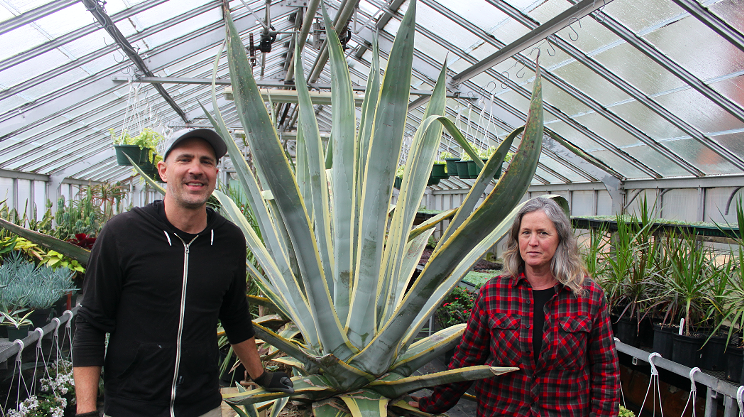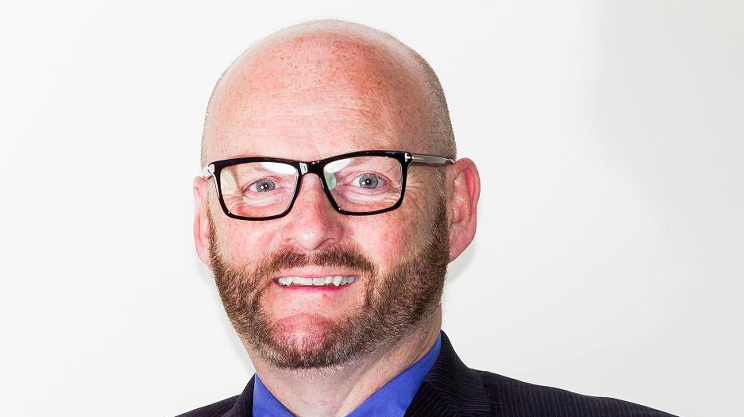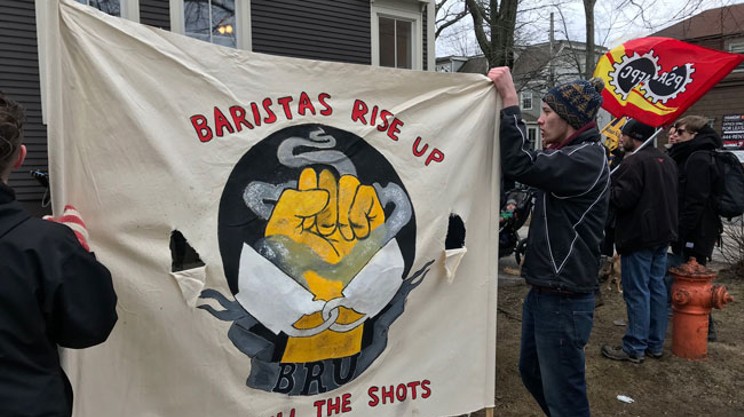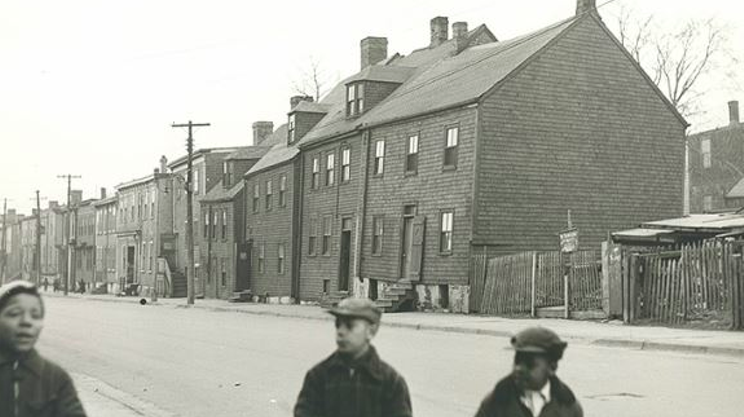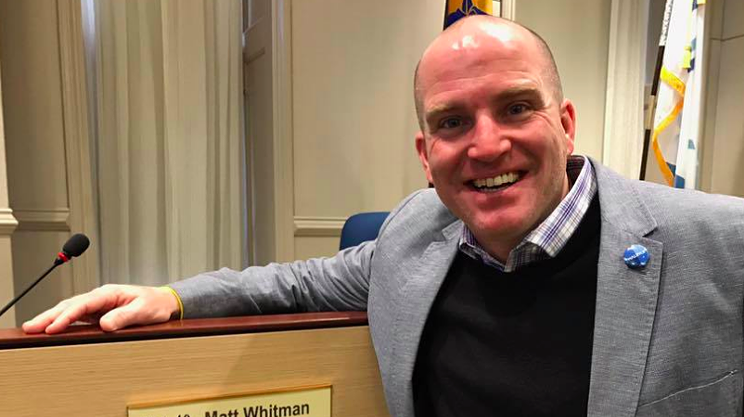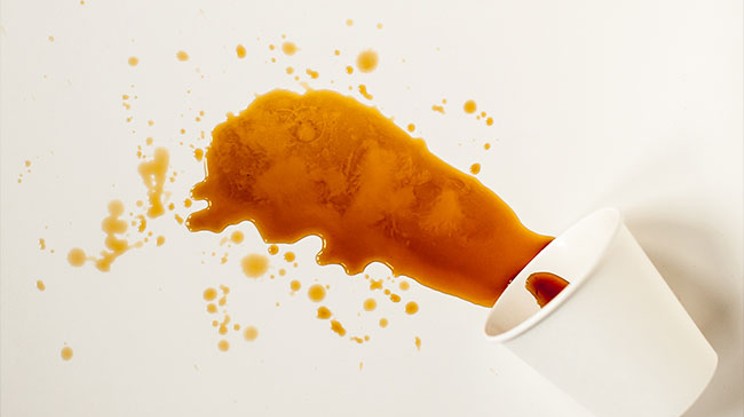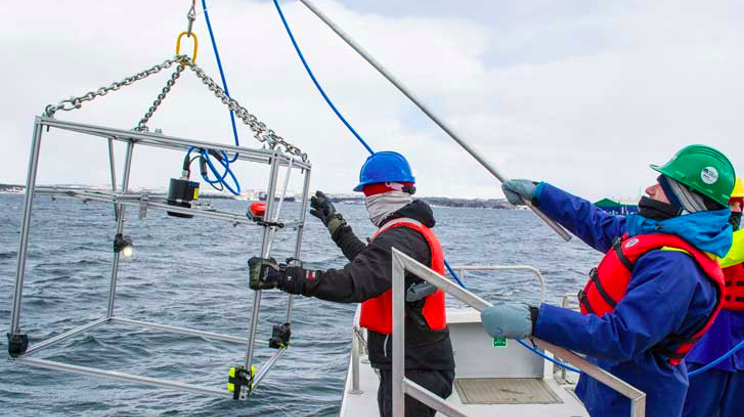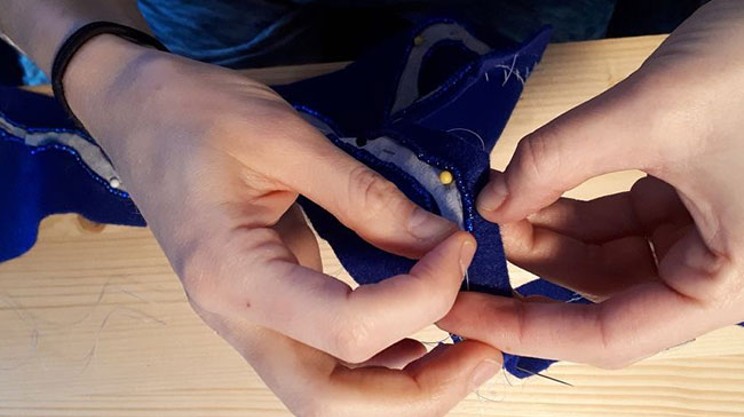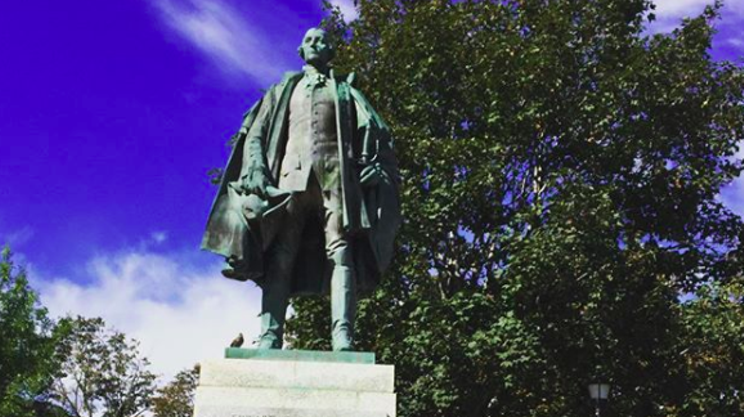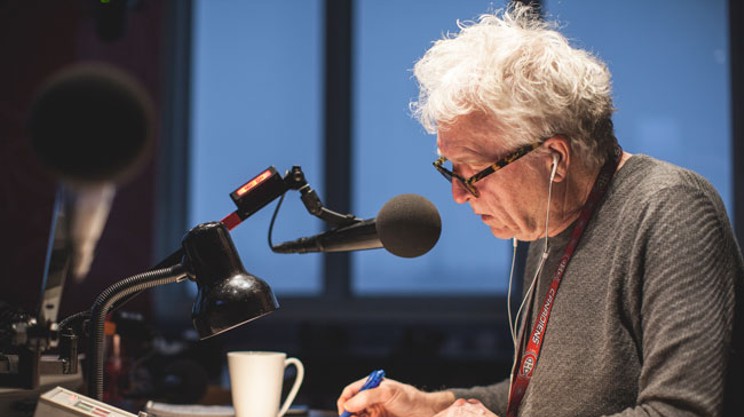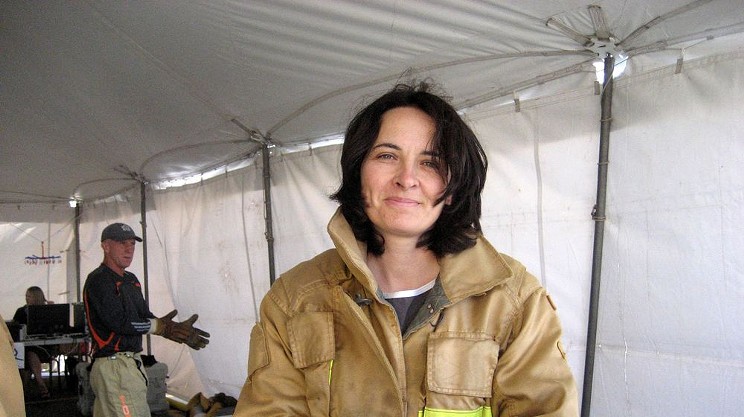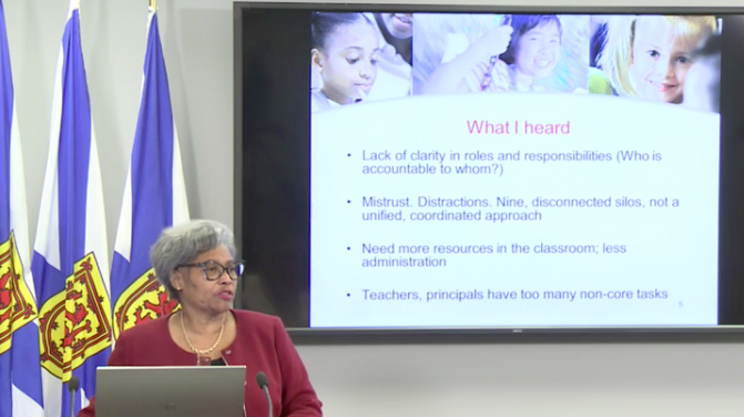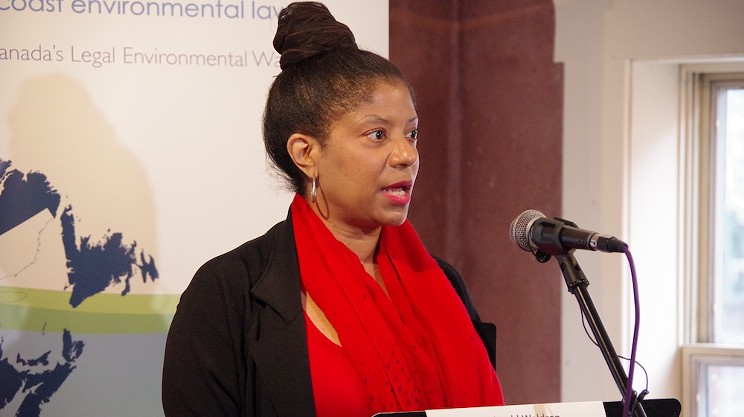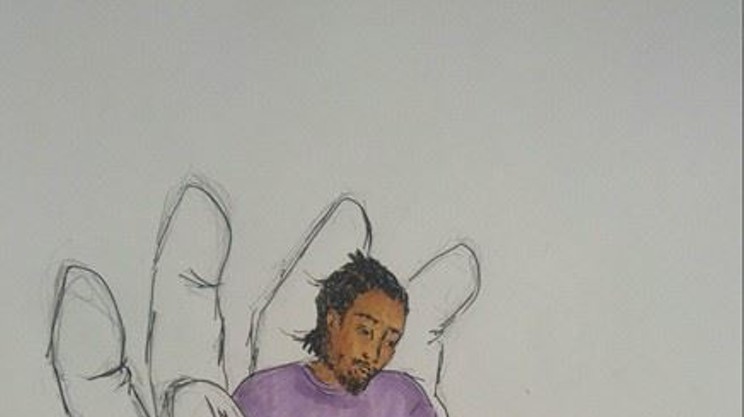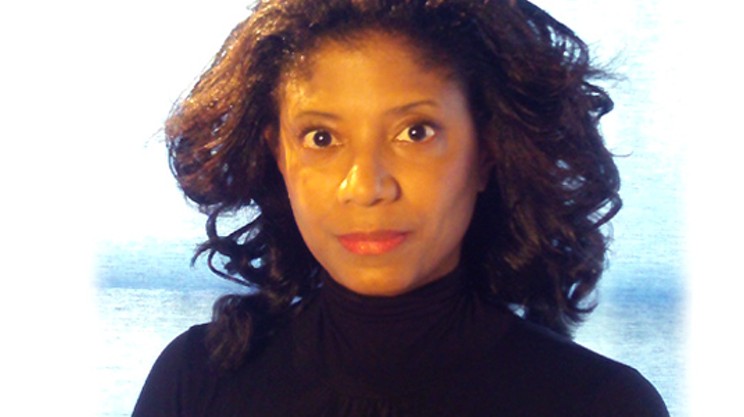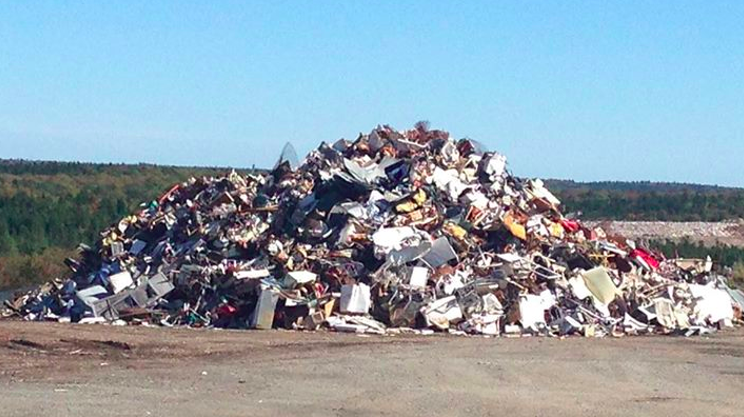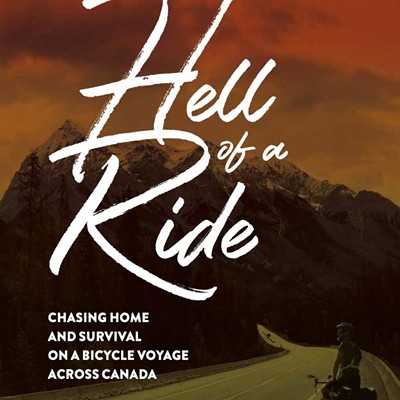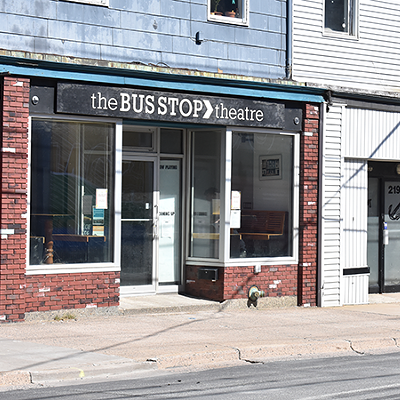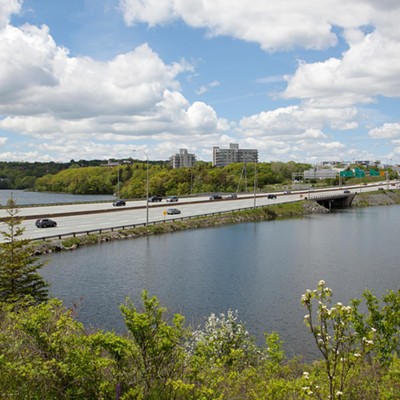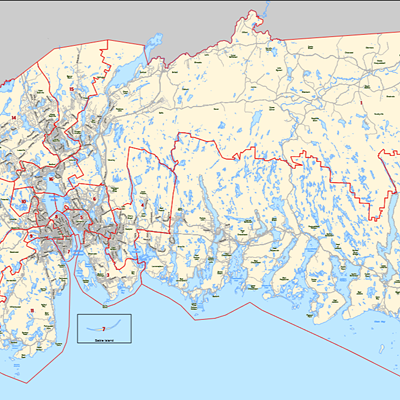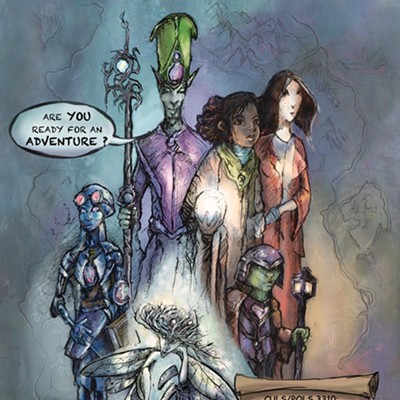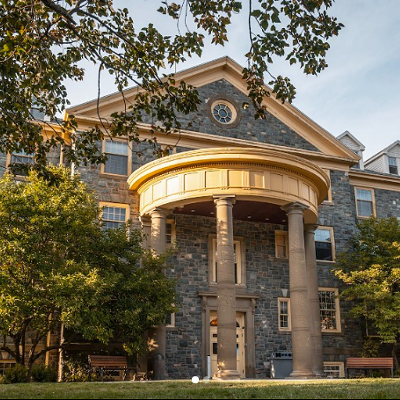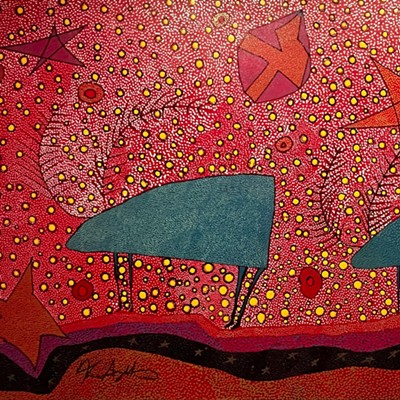On the bright side of another crappy year, the local patriarchy had a bad time. Powerful men who abused that power were called to account, and from the margins came heroes. The Coast’s editorial team has come together for our Year in Review to highlight 25 local stories (in no particular order) that we couldn’t stop talking about this year.

1. Glitter Bean's labour of love
The workers at the Smiling Goat’s Spring Garden Road location weren’t given2. Halifax council got burned by cannabis legalization
The drug cartel machinations that make for such great binge-watching played out in real life around the legalization of cannabis. Kingpin Justin Trudeau, a glamorous jet-setter protected by armed guards, issues the game-changing orders: Weed is legal now. With projections that dealing with legal weed will cost Halifax more than $3 million annually and the pot legalization date of October 17 looming, city council essentially threw a tantrum. In a fit of puritanical petulance, council voted in July to amend the nuisance bylaws to outlaw smoking of any kind—including tobacco, cannabis and nicotine juice; cigarettes, joints and vapes—on municipal property, except in designated smoking areas the city promised to create. Read more...3. Cornwallis’ statue brought down from its pedestal
Indigenous voices—including Mi’kmaw elder Daniel Paul—have long decried the bronze statue of Halifax’s problematic founder. But, it was former poet laureate Rebecca Thomas’ words that were quoted by council members in 2017 when a conversation about taking down the 1931 tourist attraction began. It would be months—and 23 more Coast articles on the subject—before4. Abdoul Abdi got his life back
Abdoul Abdi came to Nova Scotia as a six-year-old5. The stadium blitz
Give all of us gathered here tonight the strength to remember that our city is so very fragile. Our councillors are all vulnerable, and we will all, at some point in our lives, be pitched a stadium. We will all be pitched a CFL stadium. We must carry this in our hearts, that what we have in Shannon Park is special. That the opportunity for housing can be taken from us, and when it is taken from us, we will be asked to help pay for it. We will be asked-to-help-pay-for-it to our very souls.When the Atlantic Schooners went down in ’83, everybody wrote us off. Everybody. And yet here we are with another chance to screw it all up. Five thousand season ticket pre-orderers and Tom Cochrane have also written us off. There are a few out there who do still believe
6. Ecology Action Centre sunk its marine team
The big eco controversy the EAC brought attention to this year was its own polluted office environment, revealed when the organization refused a massive grant for ocean science and fired Susanna Fuller, the superstar researcher who secured the money. Fuller was quickly hired by the ambitious conservation group Oceans North, where she’s happily continuing much of the same work she’d been doing—and with many of the same people, who resigned from the EAC’s marine team in solidarity. Meanwhile, the grant has been redistributed to groups across Atlantic Canada, so the science can still go forward.7. Don Connolly's last Morning
Every Thursday, then Friday, then Thursday again—minus July—The Coast’s Tara Thorne asked Don some version of “how are you” as he exited the studio on the way to his smoke break before the show’s last half-hour. His reply was always the same: “I think I’m gonna be OK.”Slipping into the Cunard Centre on January 26, with an hour to go in Don’s final broadcast, it was clear that there were a lot of people in that giant room—full to the corners before sunrise—who didn’t feel like OK was an option on that icy morning. People clutched their commemorative Connolly mugs—they sold out before 7am—and sat rapt as his friends, colleagues and children gently roasted him. CBCers from radio and television dotted the crowd; Elizabeth Logan stood off to the side of the stage, receiving a steady stream of fans.
The mood was not funereal—the roast format, a perfect choice, didn't leave room for much of that—but everyone knew how it would end. There was a beautiful moment when that ending came, where Don scanned the entire room, corner to packed corner—a province standing in ovation for the kind of career that will never exist again—and took it all in. He was gonna be OK, and so were we.
8. The restaurant industry's tipping point
On December 11, 2017, in the wake of international news that celebrity chef/restaurant mogul Mario Batali was stepping away from his empire after multiple allegations of sexual misconduct, Coast contributing editor and longtime restaurant authority Melissa Buote tweeted in exasperation: “I hate when the onus is on victims and that there is no real investigative journalism in Halifax, but if anyone in Halifax’s restaurant community has suffered from any kind of abuse of power or harassment, I truly hope you will email or DM me. You deserve to be heard.” The response to her call-out was staggering. Buote’s social mediaA March cover story detailed that both businesses had severed ties with the entrepreneur after several former employees came forward with accusations of abusive behaviour and sexual misconduct. The Kelsall piece opened the floodgates for even more stories of mistreatment, assault and abuse at work, some published in the pages of The Coast while others remained anonymous, on social media or via word-of-mouth. Regardless, the message was clear: The industry’s whisper network is speaking the fuck up and Halifax is listening, watching, sharing and believing.
9. Portland Street's potables
Let it be said that the Dartmouth renaissance narrative is a tired one. We prefer to think of downtown Dartmouth as evolving, not coming back to life. While 2017 was the year the Canadian Press dubbed the neighbourhood “Halifax’s Brooklyn,” it was 2018 when the neighbourhood’s thirst was officially quenched. Options to hydrate on Portland Street multiplied with the summertime openings of Lake City Cider, Brightwood Brewing and cafe/early-evening hangout Cafe Good Luck, as well as New Scotland Brewing Co. around the corner on Alderney Drive. And for those who are still somehow parched, last week North Brewing Company announced it would be opening a 100-seat taproom and production space at 899 Portland, which is more like Cole Harbour...but still.10. Complete streets, broken
Rubber hit the road this year when it came to HRM’s plan for a largely car-free future. Bike lanes and priority buses sound great, in theory. But the removal of on-street parking in the north end caused uproarious hysteria, with some blaming the infrastructure improvements for their failing business and others comparing the loss of parking spaces to the razing of Africville. Pump the stupid brakes, folks! Coupled with CAO Jacques Dubé’s low-priority for transit revamps and the Integrated Mobility Plan next budget, it sure seems like cars remain king on Halifax’s streets.11. Prisoners sought justice
A disproportionately large part of the Nova Scotia’s prisoners is Indigenous or Black. Most inmates are poor. Many of them struggle with addiction and mental health issues. Over half of those held in provincial correctional facilities are on remand, awaiting trial and presumed innocent for those crimes. They are, most importantly, people. Easily forgotten; dehumanized as policy. For several weeks this past summer, inmates at the Central Nova Correctional Facility in Burnside said, ‘No more.’The prisoners joined together in a non-violent protest. It was a show of solidarity with prison strikes happening simultaneously across the United States. The inmates here in this city asked for improved health care, decent air circulation, sanitary living conditions and adequate rehabilitation programs. After weeks without comment, justice minister Mark Furey finally addressed the situation with an open letter proclaiming prisons to be “challenging places” to live and work. “How we treat Nova Scotians who are incarcerated in our jails deserves discussion and debate,” wrote Furey, declining to discuss or debate the inmates’ demands.
Central Nova’s operations remain a blight on this city and province. Crowded cells. Unsafe conditions for inmates and staff. Unconscionable use of solitary confinement. All too often public officials turn a blind eye to those violations of dignity. Burnside’s inmates made the issue unavoidable, if only for a few short weeks.
12. Ocean, superfunded
The federal government agreed this year to dole out $150 million to Canada’s new supercluster conglomerate, money to be spent innovating how big industry profits off the ocean. Equal partners in the venture and beneficiaries of much of that R&D are marine stewards such as...er...Clearwater, Emera and the Irvings. Canada’s national supercluster scheme promises to create 50,000 jobs and grow Canada’s GDP by $50 billion over the next decade—if any ocean life can survive that long.13. Project Sunshine toppled prominent Shambhala leader
The Halifax-based Buddhist organization grappled with its own #MeToo moment in 2018, as its leader Osel Mukpo (better known to his community as Sakyong Mipham Rinpoche) faced a stream of allegations of sexual misconduct dating back upwards of 16 years. In three phases of reports, Buddhist Project Sunshine—a grassroots initiative from survivor and Shambhala Buddhist Andrea Winn and lawyer/investigator Carol Merchasin—described “abhorrent sexual behaviour” from Shambhala teachers, specifically the 55-year- old Sakyong. Soon after the release of Project Sunshine’s second phase in June—which alleged Mukpo had sexually assaulted two women and been in an emotionally abusive sexual relationship with another—the leader stepped away from his roles with the organization pending a third-party investigation and was joined by the nine members of its governing body, the Kalapa Council, who resigned from their positions.“I will be using this time of self-reflection to deeply listen and to better understand how the dynamics of power, gender and my actions have affected others,” wrote the Sakyong in a letter to his Shambhala community. Soon after, Shambhala International hired Halifax firm Wickwire Holm for a still-ongoing exploration into Project Sunshine’s allegations against Mukpo and his fellow leaders that’s expected to wrap in January. While the authorities haven’t been involved here in Halifax, this week Think Progress reported that police in Colorado—where the Shambhala Mountain Center is based—have launched a criminal investigation.
14. City hall's equity watchdogs
It's been a year since Liane Tessier got her apology. A lot has changed since then, but not much is different. For 12 years, the former firefighter battled city hall looking for justice. Her human rights case was finally settled last December with a muddled sorry-not-sorry from chief Ken Stuebing. Tessier experienced systemic gender discrimination, and the fire chief believes she believes that. It’s from the “I feel bad you were offended” school of non-apologies, but par the course for HRM.Halifax has spent the past 12 months explaining away case after case of racism, discrimination and sexism in its workforce, always promising change. We’re making improvements. Next time will be different. Tessier and other victims are tired of those words. Read more...
15. Carrie Allison saw an ebb in appreciation for Indigenous art
It’s been a big year for Carrie Allison, an artist of Cree and Metis ancestry known for her traditional beadwork: She developed a geographically-correct beading of the Shubenacadie River and debuted an exhibit at the Museum of Natural History—on view until January 6—that critiques colonial methods of botanical categorization, amongst other projects.And while this tells the story of an artist on the rise, it also acts as an example of where Halifax’s visual art scene is in 2018. Most major galleries in the city gave considerable space to Indigenous artists—particularly women—this year, with shows like Dalhousie University Art Gallery’s Nanabozho’s Sisters (which talked about the legacy of humour in Indigenous women artists’ work); #callresponse, a collection of works by Indigenous women artists shown at Saint Mary’s University; and Kent Monkman’s opus-feeling Shame and Prejudice: A Story of Resilience (on view at the Art Gallery of Nova Scotia until December 16), which retells the confederation’s past through an Indigenous gaze.
Together, these shows—and Allison’s own exhibits—present audiences with a plurality of Indigenous perspectives. “Art interacts with other emotions, you feel it more because you’re witnessing something. If you go to Kent Monkman’s show, there’s no way you’re gonna walk out of there and go ‘200 years of colonialism wasn’t so bad.’ You’ll feel all the things he laid out,” Allison says, via phone.
“If you look at the history of Indigenous art in Canada, we have had these ebbs and flows—every society has
16. Neon Dreams stood up by stepping back
“In light of the allegations surfacing against Hedley, we can no longer in good conscience continue on the Cageless tour. We understand this choice could negatively impact our band professionally but in the17. Dartmouth's MasterChef runner-up
An east coaster cannot seem to win CTV’s MasterChef Canada no matter how awesome their18. Viola Desmond got her due
Civil rights hero Viola Desmond, who refused to move from the whites-only section of a New Glasgow movie theatre in 1946, had her legacy honoured as the new $10 bill sporting her portrait entered circulation late November. “Her story helped expose Nova Scotia’s segregation and racism,” The Coast wrote on November 21, noting that the new $10 comes after a stamp, holiday, Heritage Minute and Halifax Transit ferry commemorating the community leader and beauty salon owner who lived in Halifax’s north end. “It’s very hard to describe the feeling you get when your own sister, a member of your family, is going to be honoured with a bill, with a Canadian bill,” Wanda Robson, Desmond’s sister, told the CBC on November 19.19. The end of school boards as we know them
After what The Coast called a “scathing” report from consultant Avis Glaze, education minister Zach Churchill made the recommendation to dissolve the province’s school boards (minus the Francophone one) in favour of one, big20. White supremacists got bold
Banner year for21. Ingrid Waldron connects the dots between racism and the environment
Ingrid Waldron has spent 2018 hard at work. Despite this year’s release of There’s Something in the Water: Environmental Racism in Indigenous and Black Communities (aAs issues surrounding climate change, fossil fuel usage and the like continue to mount, Waldron’s writings will only become more important—especially as policy is reconsidered. “Why I wrote the book is a response to the lens that has been articulated to me in the province over the past few years. When I started the project, white people particularly would say to me ‘This is really an issue of class, it’s not about race,’ meaning I was making too much of the race issue. So, the lens I’m using in the book is one of white settler colonialism because I’m seeing environmental racism as another manifestation of settler colonialism. And one thing we know about settler colonialism is that...they stay, and they stay for the purpose of capital, making money...Environmental racism is ultimately about profit because you’re extracting resources from communities—that’s exactly the definition of settler colonialism,” she says, speaking via phone.
“There’s always this notion with white people that if it’s not with malicious intent, it’s not racism, but this is a subtle form of racism about who we value and who we don’t value. And if we don’t value certain bodies and people, then we don’t think much about placing harmful industries in those communities. Our views about racialized people get written into policy and that allows
22. Aquakultre’s deep dive
“I’m a plumber, and I should be working. But my boss let me take it off. Thanks “I’m not trying to take music as a career—unless there’s someone out there trying to give me $20 million,” Sampson says now. “I’m gonna keep working until someone tells me I don’t have to work anymore.” He and his partner Julia had a baby girl this year as well: “That’s the priority.”
The Searchlight win came with some big perks, including playing CBC’s annual festival in Toronto in May and—his favourite part—a residency recording at Studio Bell in Calgary’s National Music Centre in October with his band, comprised of Jeremy Costello, Nick Dourado and Nathan Doucet.
“In the seven days we had we recorded a project, it’s in our hands to get it mixed and mastered,” says Sampson. “We’ve been networking with grant writers to get it on the go.”
Meaning 2019 will likely be even bigger; 2018 ends with gigs at the Khyber’s Cookie Party on December 18 and Skratch Bastid’s annual Crunkmas show at The Marquee on Boxing Day. “I’m more excited for the up-and-comers,” says Sampson. “I like to chill.”
23. The film tax credit became bigger than it was before the 2015 cuts
“The fund supports our interest in building a competitive sector and it provides24. Breach Teen: The hero we deserve
Stephen McNeil and his government have repeatedly shown their scorn for freedom of information. When the privacy commissioner chastised health department staff this year for failing to search requested records, premier tall-and-mad snidely dismissed the report with his trademark sarcastic contempt. Enter an unnamed 19-year-old with some basic computer knowledge who inadvertently chopped these obfuscating assholes down to size.Breach Teen discovered Nova Scotia’s online FOIPOP portal’s documents could be accessed by simply changing the number at the end of each HTML address. As security flaws go, it was less an unlocked door and more like an unsupervised yard sale with a sign saying “Everything free! Please take!” Thinking he was doing nothing wrong, the teenager downloaded thousands of documents for research and moved on with his life. After a government employee stumbled upon the same flaw by accident, the province went into panicked spin-control overdrive. The FOIPOP portal came down. Dozens of police officers raided the teen’s house, confiscated family computers and detained his little sister. The government, and the premier, initially defended the overreaction, while public sentiment swiftly tipped towards the teenager and Nova Scotia made international headlines as an InfoSec laughingstock.
Police eventually dropped any charges and the province began the costly process of securing its shit. Meanwhile, online FOIPOP filing remains offline for the foreseeable future. Help us, Breach Teen. You’re our only hope.

